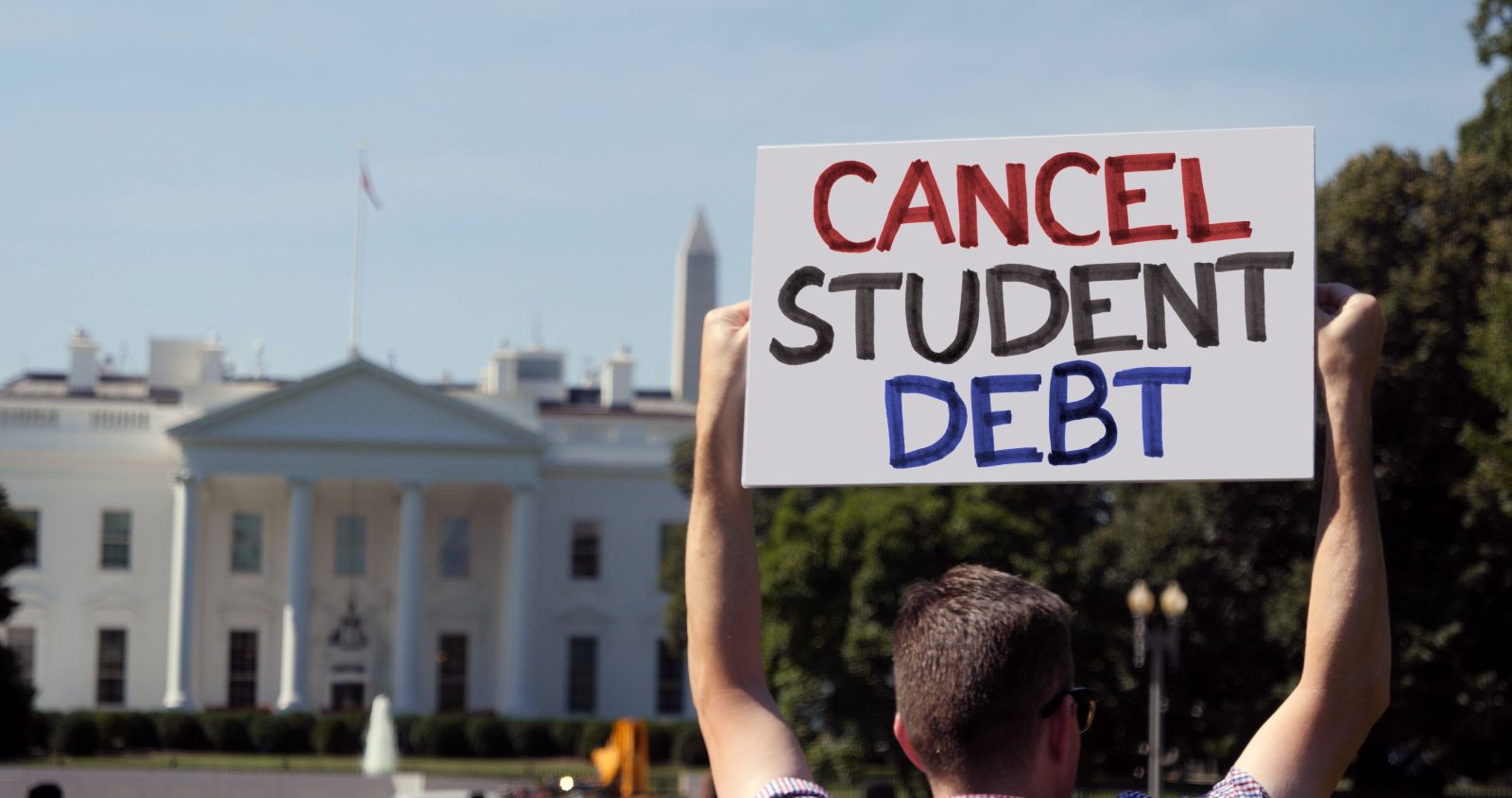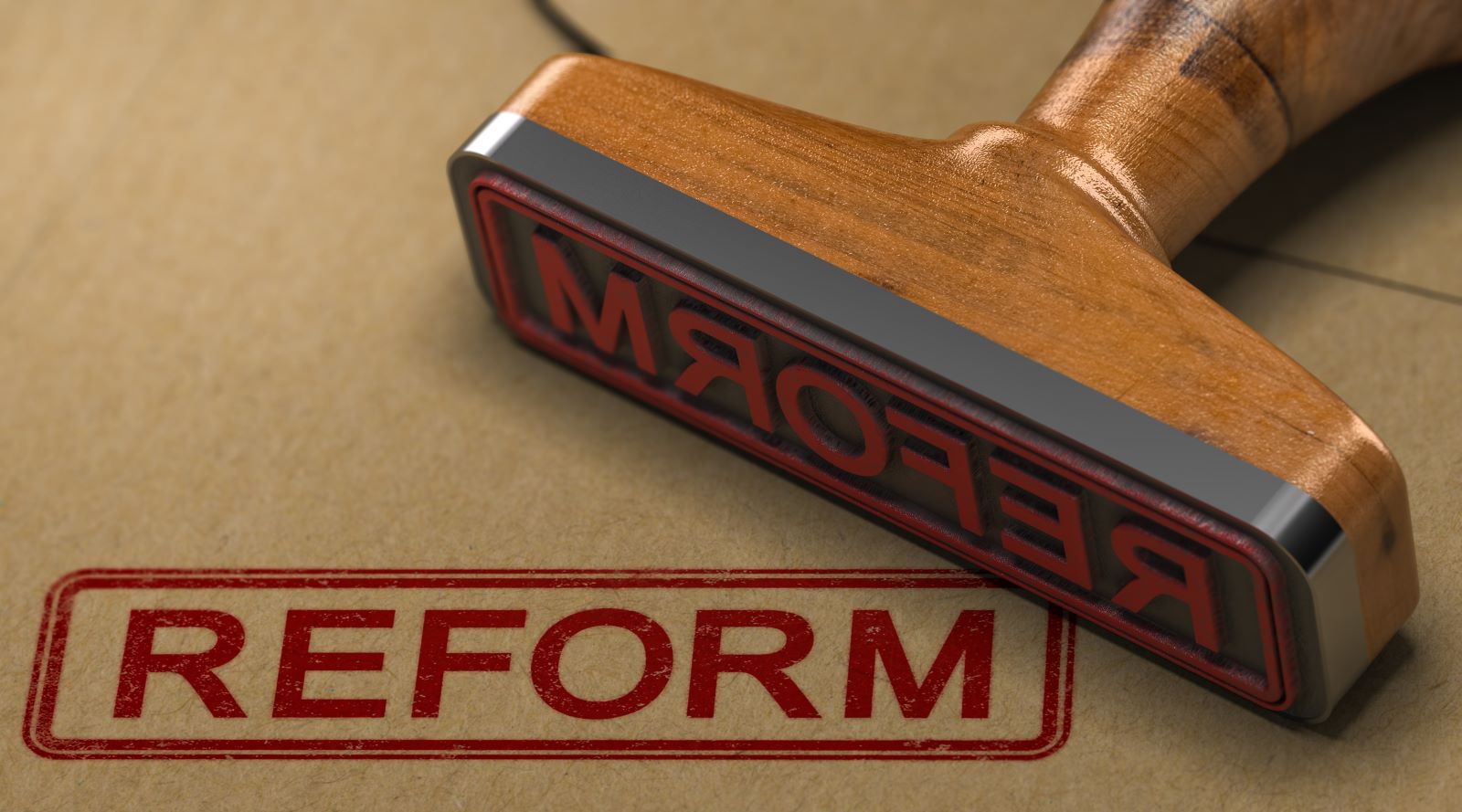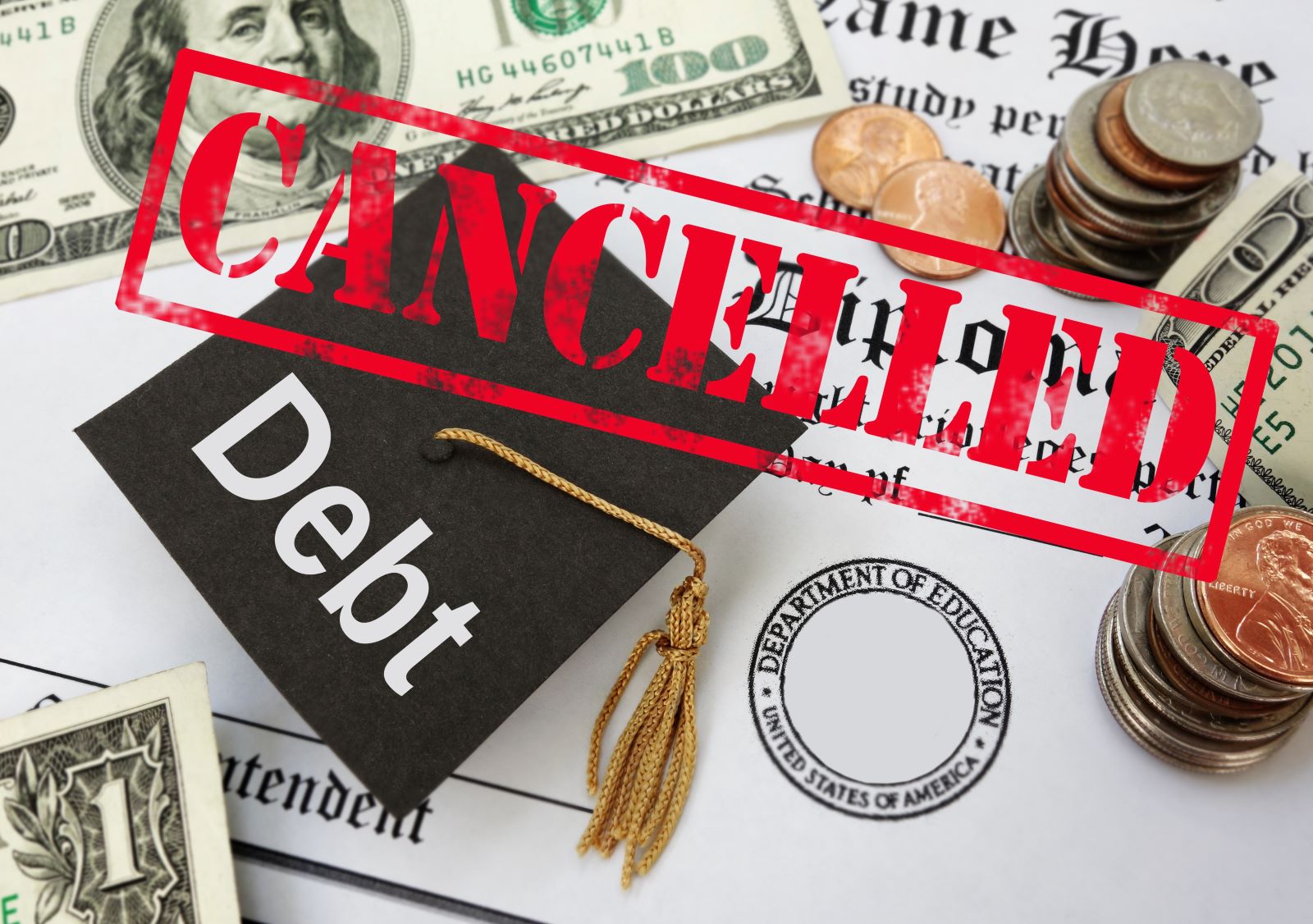Student debt cancellation—sounds like a dream, right? For millions of Americans drowning in student loans, the idea of wiping the slate clean is incredibly appealing. But as much as it would bring relief to those struggling, there’s a deeper issue at play. Canceling student debt might treat the symptoms, but it doesn’t address the root cause of the crisis. Here’s why we need to think beyond debt forgiveness.
The Student Debt Explosion

Student debt in the U.S. has ballooned to over $1.7 trillion. The rising cost of tuition, coupled with stagnant wages, has left many borrowers trapped in a cycle of debt. This isn’t just a financial issue—it’s affecting people’s ability to build a stable future.
The Appeal of Quick Relief

Debt cancellation promises immediate relief, which is why it’s so popular. For those overwhelmed by their loans, it seems like a way out. But as tempting as it is, canceling debt doesn’t solve the problem of why students are taking on so much debt in the first place.
Skyrocketing Tuition Costs

The root of the student debt crisis lies in the skyrocketing cost of college. Over the past few decades, tuition fees have far outpaced inflation. Without addressing these rising costs, canceling debt is just a temporary fix.
Who Really Benefits?

Debt cancellation would help some borrowers significantly, but not everyone is in the same situation. High-income earners with student loans might benefit just as much, if not more, than those who are struggling. This raises questions about fairness and whether this is the best use of resources.
The Financial Impact

Canceling student debt could cost the government upwards of $1 trillion. Taxpayers would fund this massive expenditure and could be better invested in long-term educational reforms. It’s a short-term solution with a hefty price tag.
The Need for Higher Education Reform

If we’re serious about addressing the student debt crisis, we need to look at reforming higher education itself. This means making college more affordable and transparent about costs. It also involves offering alternative pathways that don’t rely on taking on massive debt.
The Equity Issue

Student debt disproportionately affects marginalized communities, particularly Black and Latino students. Canceling debt won’t fix the systemic inequalities that lead to higher borrowing among these groups. We need targeted policies that address the racial wealth gap directly.
What About Future Students?

Debt cancellation helps current borrowers but does nothing for future students. Without systemic change, the next generation will face the same issues of high costs and crushing debt. We need to create a sustainable solution that benefits everyone.
The Political Reality

Even though debt cancellation is popular among some voters, it faces significant political opposition. Many lawmakers see it as an unfair bailout and argue that it doesn’t address the underlying causes of the crisis. Instead of a quick fix, we need bipartisan reforms that tackle the root of the problem.
Moving Beyond Debt Cancellation

While canceling student debt might bring immediate relief, it’s not the comprehensive solution we need. The real focus should be on why students are forced to take on so much debt in the first place. By addressing the underlying issues, we can create a more equitable and sustainable system for future generations.
A Call for Long-Term Solutions

It’s time to move beyond short-term fixes like debt cancellation and start thinking about long-term solutions. We need to tackle the rising costs of education and ensure that future students aren’t trapped in the same cycle of debt. The goal should be a higher education system that is accessible, affordable, and fair for all.
Millennials Are Over It: 25 Reasons Woke Culture Is Losing Its Charm

Has the push for progress tipped too far into preachiness? Here’s why many Millennials might think so. Millennials Are Over It: 25 Reasons Woke Culture Is Losing Its Charm
Is It Time Boomers Paid the Price for America’s Economic Inequality?

The American Dream feels more elusive than ever, especially for younger generations. What was once achievable through hard work now faces significant hurdles, from skyrocketing college costs to the challenging pursuit of homeownership. Here’s a look at why it’s tougher for Millennials and Gen Z compared to Baby Boomers. Is It Time Boomers Paid the Price for America’s Economic Inequality?
Rent Crash in California: Landlords Scramble as Prices Take a Hit

California’s rental market is taking a nosedive, with major cities seeing huge drops in rent prices. Rent Crash in California: Landlords Scramble as Prices Take a Hit
Featured Image Credit: Shutterstock / Lopolo.
The content of this article is for informational purposes only and does not constitute or replace professional advice.
The images used are for illustrative purposes only and may not represent the actual people or places mentioned in the article.
For transparency, this content was partly developed with AI assistance and carefully curated by an experienced editor to be informative and ensure accuracy.




